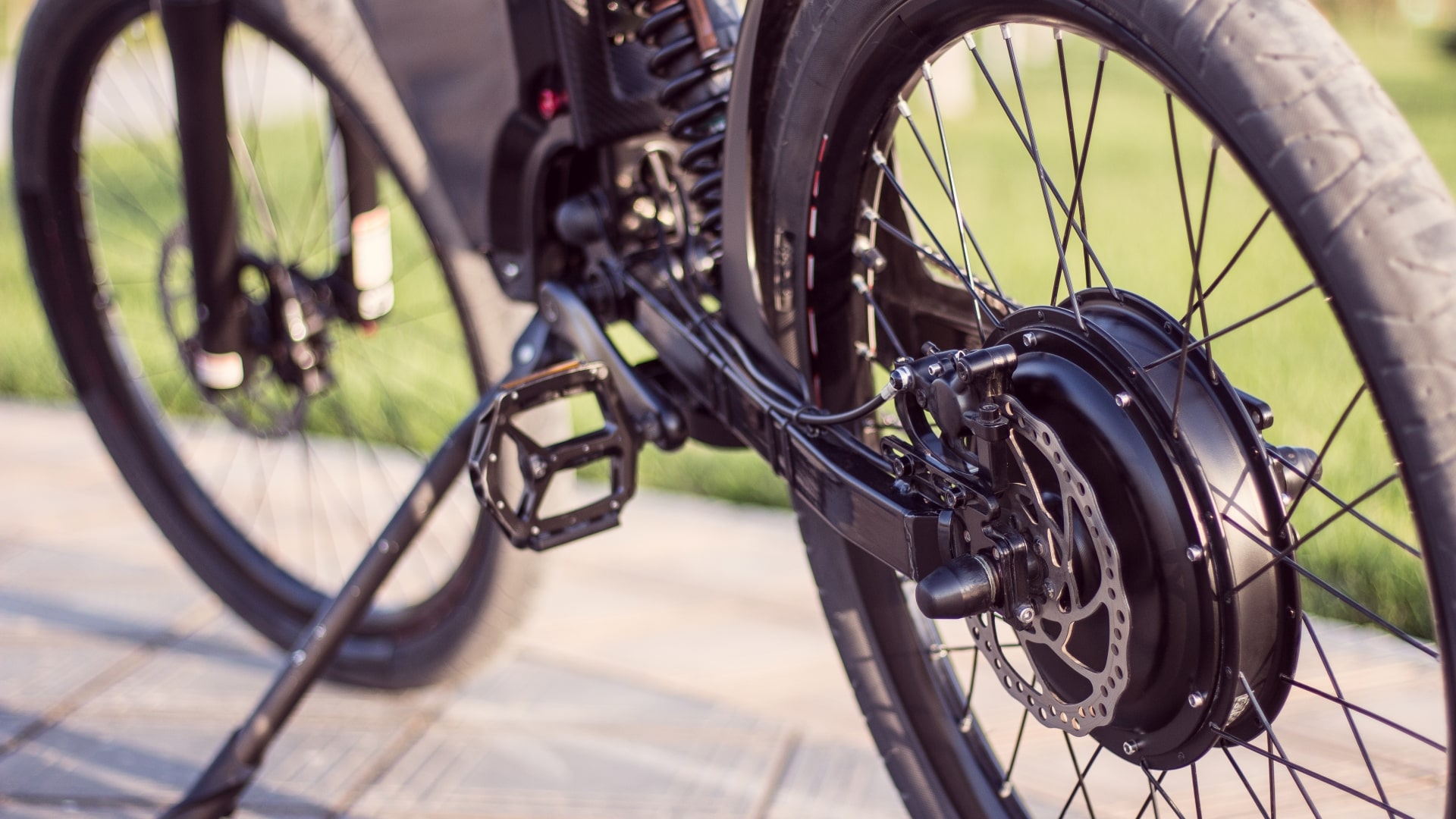
Insurers highlight safety and wear and tear hot spots in ebikes
119 days ago
4 minutes
Recent reports from German insurance accident research group UDV and German insurer WERTGARANTIE shed light on use, maintenance and risk areas for e-bikes
Leading German insurer WERTGARANTIE has shared insights from a survey of 5,000 bicycle and e-bike owners, carried out in partnership with Statista. The study records which components are most often affected by damage, how regularly and by whom the bike is cared for, maintained and repaired, and how the use of bicycles and e-bikes differs.
The survey, which was representative of the population according to age, gender and federal state, revealed many other findings, for example:
- Damages related to third parties, i.e. theft, accidents and vandalism, were experienced by around a third of e-bike riders (33.8 percent) and cyclists (37 percent).
- Tires on bicycles wear the most noticeably at 70 percent; 52.5 percent of e-bike tires are affected. Brakes also often fall victim to wear at 55.3 and 53.8 percent respectively.
- A large part of maintenance relies on the annual inspection. Professional help is often sought: 47.7 percent of bicycles and 68 percent of e-bikes are inspected and serviced in the specialist workshop.
- Bicycles such as e-bikes are still mostly used for leisure purposes. The willingness to use a two-wheeler to get to work is on average 9 kilometers by bike and 12.7 kilometers by e-bike. On average, cyclists would travel 7.4 kilometers for errands such as shopping; E-bike riders 11.4 kilometers.
- The highest prevalence of bicycles was found in Saxony-Anhalt and Brandenburg with 93 and 92.7 percent, respectively. E-bikes are particularly popular in Thuringia (54 percent) and Baden-Württemberg (49.9 percent).
The data was collected in collaboration with Statista. The complete bicycle and e-bike study 2024 is available for free download here.
Research recently shared by German insurance accident research group Unfallforschung der Versicherer (UDV) was presented with a negative stance on the use of cargo bikes to transport children, with UDV head Kirstin Zeidler saying:
“Parents predominantly use three-wheeled entry-level models to take their children with them on cargo bikes. These are difficult to drive and highly susceptible to tipping over. They offer children no protection for their heads or upper bodies in the event of an accident. Neither benches nor backrests are sufficient for the safe transport of children. In addition, every second child on a cargo bike does not wear a helmet and a third are not wearing a seatbelt at all or are not wearing it correctly. The most common accident involving cargo bikes is a solo accident, i.e. without the involvement of third parties.”
Zeidler continued, “Cargo bikes could be safer if they had tilting technology and seats with head protection, effective belts and a safety cell to protect against impact. For example, the existing DIN standard would have to be tightened up.” In addition to the manufacturers, the UDV also holds the legislature accountable: The road traffic regulations for the transport of children on bicycles do not include any special requirements for cargo bicycles. “The legislature should close this regulatory gap quickly,” said Zeidler. Separate approval tests for cargo bikes for transporting children also make sense.”
It must be noted that, in fact, CEN is currently developing standards for cargocycles, including a standard for passenger transport. The first standards will be published this year and will become applicable in all member states including Germany.
An initial reaction to the UDV research from the bicycle industry came from industry veteran Albert Herresthal, who wrote to Kristin Zeidler, the new head of the UDV since February. Herresthal wrote that the study was unbalanced. “They explain that bicycle accidents involving children are ‘comparatively rare’ and that the other party in the accident is ‘usually the car’. At the same time, however, there is not a word in your media information about the inadequate infrastructure that is partly responsible for these accidents involving cars. Why not?” Many accidents could be avoided with better cycling infrastructure, says Herresthal, which probably speaks for the entire industry. Herresthal believes that this aspect should not be left out of accident research publications.

LEVA EU
Campaign success
Lorem ipsum dolor sit amet, consectetur adipisicing elit, sed do eiusmod tempor incididunt ut labore et dolore magna aliqua.
Member profile
Lorem ipsum dolor sit amet, consectetur adipisicing elit, sed do eiusmod tempor incididunt ut labore et dolore magna aliqua.